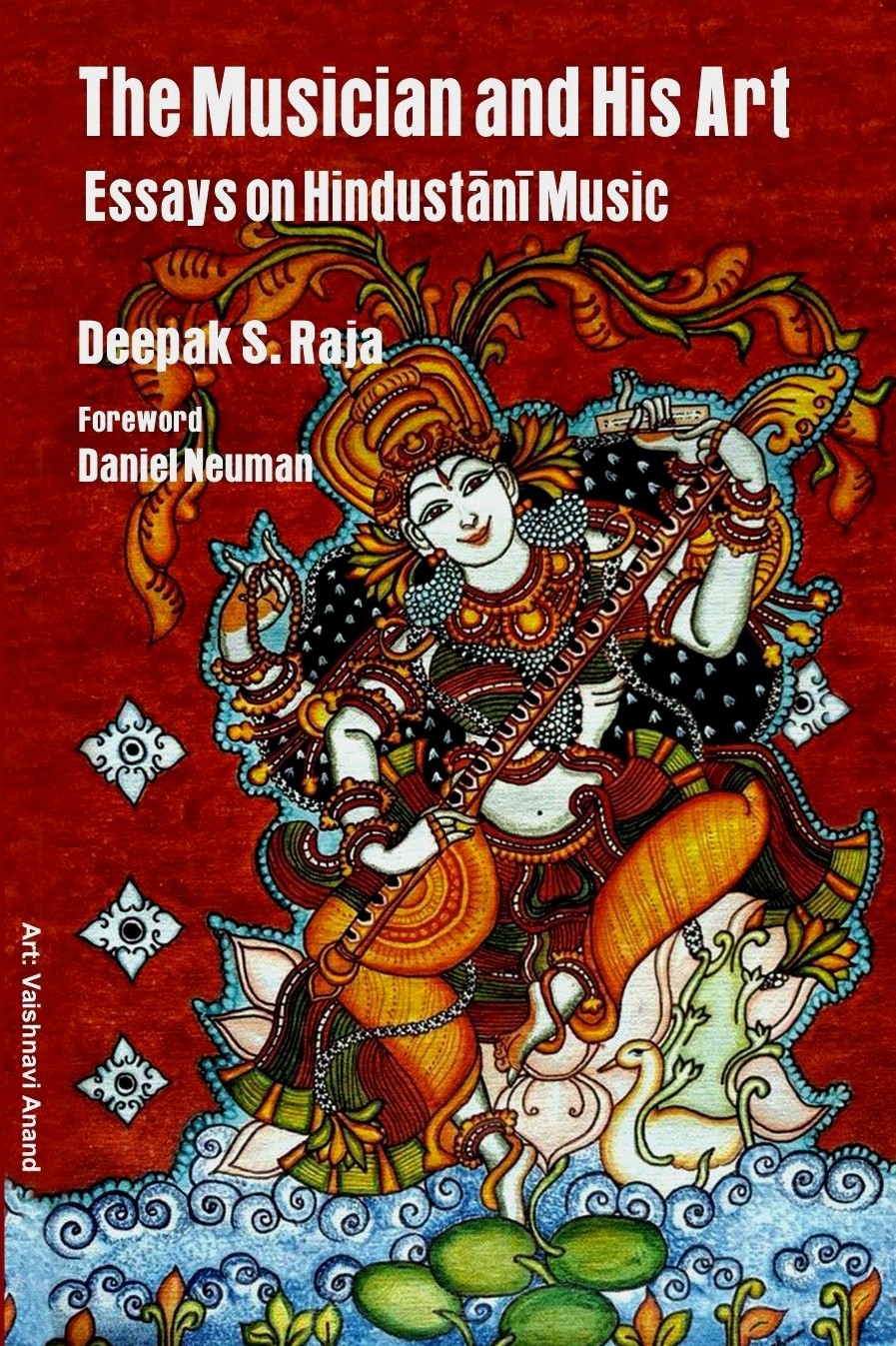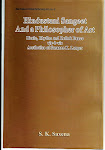Jaitashree an averagely well-known raga performed around sunset, and popularised primarily by vocalists of the Jaipur-Atrauli gharana in the latter half of the 20th century. In pre-20th century texts, it has also been called Jaishree or Jayantashree, and described as a variant of Shree. Authoritative texts on raga grammar differ on whether this raga is an independent primary raga, or a compound of raga-s Jait and Shree. Bhatkhande, however, recognises that there exists a practice of using Shuddha Dh (instead of komal) in the raga, which suggests the influence of raga Jait.
On the authority of Bhatkhande and Vinayak Rao Patwardhan, the raga’s scale may be documented as follows:
Ascent: S G P N S’
Descent: r’ N d P M^ G r S.
Predominant contemporary practice would suggest:
Ascent: S G P S’
Descent: r’ N d P M^ G r S.
According to Bhatkhande, either Ga or Pa could qualify for the status of the vadi (primary dominant) in the raga. There is no reference in major texts to the probable Samvadi (secondary dominant).
On the same authority, the chalan (skeletal phraseology)is documented here:
S G G P or G r S G/ P d M^ G/ M P N S’ or d P S/ S’ G’ r’ S’/ N r N d P/ P M^ d M^ G/ M^ G r S.
The contemporary treatment of Jaitashree suggests two distinct approaches. One is a formalistic blend of Jait in the ascent, with Shree in the descent. This is evident in the rendition of Ulhas Kashalkar (EMI/HMV: STCS-850267), and an unpublished recording of his Guru, Gajanan Rao Joshi. In this formal approach, the stark Jait ascent (S-G-P-S) is meticulously preserved, allowing the heptatonic phrasing of Shree to surface only in the descent.
The other is a less formal blend of the two ragas, evident in renditions of Kishori Amonkar (BMG-Crescendo:50578) and Vijaya Jadhav-Gatlewar (Music Today: A-92064). In this version, phrases from Shree are also used occasionally in the ascent, and phrasing typical of Puriya Dhanashree is allowed to occur in the mid-octave region. This latter blend also features certain phrases like S-M^-P and S-G-M^-P, which are neither clearly Jait, nor clearly Shree.
While musicological texts may be reluctant to acknowledge the compound character of this raga, the aural experience of the raga, as currently performed, has unmistakable features of Jait as well as Shree.And, it is fair that devices used for blending the two raga-s be examined.
In this context, the recordings of Kishori and Vijaya do raise issues about the universal applicability of the Jaipur-Atrauli method of structuring compound ragas. In this method, alternating phrases from the component ragas are rendered sequentially and often in a dovetailed manner, in order to shape the melodic personality of the compound raga. This is, indeed, very cerebral and produces very enigmatic melodic entities most of the time. However, in rare cases -- such as Jaitashree -- this approach can lead to the unintended entry of alien phrasing, even if only momentarily. Such apparitions would seem to compromise the melodic integrity and individuality of the resulting melodic experience.
In comparison to the Jaipur-Atrauli style complex blend, the formalistic blend evident in the recordings of Ulhas and Gajanan Buwa sounds far more coherent, distinctive, and convincing. Besides, the resulting melodic entity has a far clearer identity of its own, independent of Jait as well as Shree.
Deepak S. Raja
(c) India Archive Music, New York, the finest producers of Hindustani music recordings.





No comments:
Post a Comment